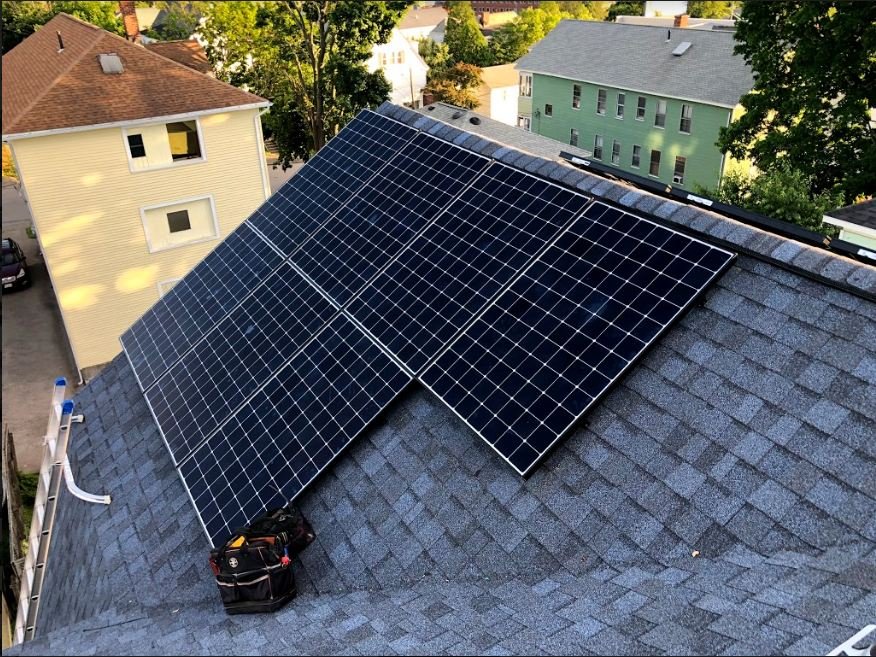Why Solar Panel Placement Matters
Solar energy production depends heavily on sunlight exposure. The better your panels are positioned to capture the sun throughout the day, the more electricity they generate—and the greater your savings. Even high-quality panels underperform if installed in the wrong location.
Proper placement is the difference between an average system and one that maximizes every dollar of your investment.
Ideal Direction (Orientation)
In the U.S., the optimal orientation for solar panels is true south. Panels facing south receive the most consistent sunlight throughout the day and across seasons.
South-Facing: Best for maximum year-round production..
West-Facing: Less productive than south-facing systems due to lack of exposure in the morning, but still efficient when shade is limited.
East-Facing: Similar to west-facing systems, they generate most of their energy during morning hours.
North-Facing: Typically the least efficient in the northern hemisphere and often avoided unless paired with additional panels on other higher-yielding roof sections.
Due to net metering and battery options you don't have to worry about when your energy is generated, these systems can keep you solar powered all day, all night and through the winter!
Optimal Tilt Angle
Your panels should ideally be tilted at an angle close to your latitude to maximize sun exposure. However, most residential systems follow roof pitch and are still highly effective.
Flat Roofs: Can use racking systems to create tilt if needed.
Steep Roofs: May not need adjustment if already angled properly.
Adjustable Mounts: In some cases, seasonal tilt adjustment is possible for higher performance, but this is rarely necessary with modern equipment.
Avoiding Shade
Shading is one of the biggest threats to solar efficiency. Even small amounts of shade can significantly reduce a panel’s performance, especially if panels are connected in series.
Common sources of shading include:
Trees
Chimneys
Dormers
Neighboring buildings
Solution: Professional installers use solar analysis tools and shading simulations to determine the best placement. Different inverter technologies and optimizers can help mitigate shading impact and maximize production.
Roof Shape and Usable Area
Not all roofs are created equal. Installers look for:
Large, unbroken roof surfaces
Minimal obstructions (vents, skylights)
Accessible angles and safe working conditions
In some cases, systems are split between multiple roof faces to capture the best available sunlight.
Ground-Mounted Systems (When Roofs Aren’t Ideal)
Ground-mounted systems are a great alternative if your roof isn’t suitable—due to shading, limited space, or structural issues. These systems:
Allow ideal orientation and tilt
Are not limited by roof space
Require dedicated land space
Trust the Experts to Customize Your Design
At SolarShip Corp, we use advanced modeling software, shading analysis tools, and decades of design experience to create a custom system layout for every home. No guesswork. No generic templates. Just maximum performance tailored to your property.
Ready to Make the Switch to Solar?
Let us handle the paperwork while you focus on the savings. 👉 Get a Free Estimate & Roof Evaluation — we’ll take care of the rest.
Key Takeaway:
Every home is different—and so is every solar panel layout. Proper placement is critical to energy production, and SolarShip Corp ensures that your system is custom-designed to deliver the best possible results for your unique roof and surroundings.





